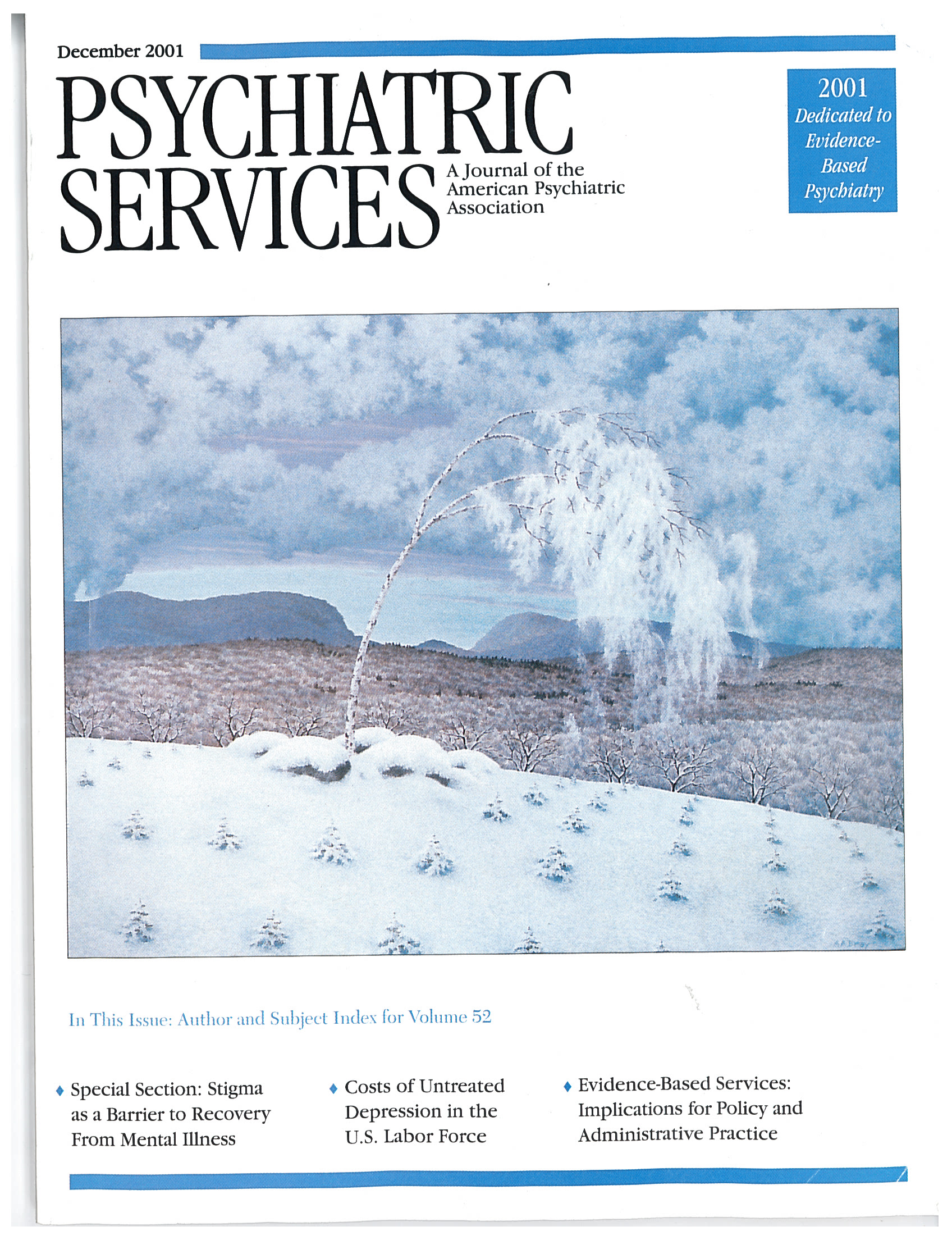Family Therapy for ADHD: Treating Children, Adolescents, and Adults
Attention-deficit hyperactivity disorder (ADHD) is one of the more common presenting problems among children in psychiatric outpatient settings. Because much has already been written about the disorder, one reasonable question about any new book on the subject is whether it contributes anything new to the literature that may be helpful to clinicians. The short answer in this case is a definitive yes.
The significant clinical contribution of this book lies in the emphasis it places on a developmentally informed family systems and family therapy perspective in the assessment and treatment of ADHD. The primary message of the book is that the assessment and treatment of a person with ADHD should occur in the context of the person's family system.
Family Therapy for ADHD is thoughtful, readable, and clinician friendly. The clinical wisdom the authors have gleaned from many years of practice is evident in their good use of case studies to illustrate their creative ideas. The book has a strong how-to quality that is helpful to clinicians who are interested in incorporating the authors' ideas into practice.
The book is well organized overall, and each of its nine chapters begins with a helpful outline of what is to follow. An introduction provides insights into various families' experiences with ADHD through case studies, and the first chapter covers background information concerning ADHD, including DSM-IV criteria, etiology, epidemiology, and comorbid disorders.
Chapters 2 through 5 address assessment issues and are particularly interesting in their presentation of a family systems perspective. These chapters include discussion of the pragmatics of coordinating and collaborating with other professionals and larger systems in the evaluation process. The authors clearly articulate the intergenerational impact of ADHD on the family system. An interesting five-stage developmental family systems model for assessing child and adolescent ADHD is presented. The model integrates a family life cycle perspective in assessing ADHD symptoms and the impact they have on the child and his or her parents and siblings.
The last three chapters address family systems treatment for children, adolescents, and adults, respectively. An interesting 12-session treatment model for children and a ten-session model for adolescents are presented. The models are discussed session by session, and goals for each session are clearly delineated. This book was published before the initial reports of the Multimodal Treatment Study of Children With ADHD (MTA) (1). However, there appears to be some empirical support for aspects of the authors' family systems treatment approach with children. Given what is currently known about treatment effectiveness, clinicians might consider increasing the number of sessions devoted to parent management training in the model.
The final chapter addresses treatment for adults. Some useful suggestions are presented, but certainly more discussion of evaluation and treatment would be required for clinicians who intend to work with adults with ADHD. The authors may have tried to accomplish too much by including this chapter.
Clinicians might obtain the most benefit by integrating the authors' family therapy approach with what we know empirically about child ADHD and adolescent ADHD. Clinicians who are less familiar with evaluation and effective treatment of ADHD might consider reading Barkley (2) and Robin (3) first, along with reports about the MTA. This is not a criticism of the book but rather an acknowledgment of its unique contributions to the literature.
The family systems perspective presented in Family Therapy for ADHD enriches our current knowledge about assessment and treatment of ADHD. This very practical book is likely to be useful for mental health clinicians who work with individuals who are experiencing ADHD, particularly with children and adolescents.
Dr. Edwards is associate professor of psychology and codirector of the Center for Children and Families at Frostburg State University in Frostburg, Maryland.
1. MTA Cooperative Group: A 14-month randomized clinical trial of treatment strategies for attention-deficit/hyperactivity disorder. Archives of General Psychiatry 56:1073-1086, 1999Crossref, Medline, Google Scholar
2. Barkley RA: Attention-Deficit Hyperactivity Disorder: A Handbook for Diagnosis and Treatment, 2nd ed. New York, Guilford, 1998Google Scholar
3. Robin AL: ADHD in Adolescents: Diagnosis and Treatment. New York, Guilford, 1998Google Scholar



